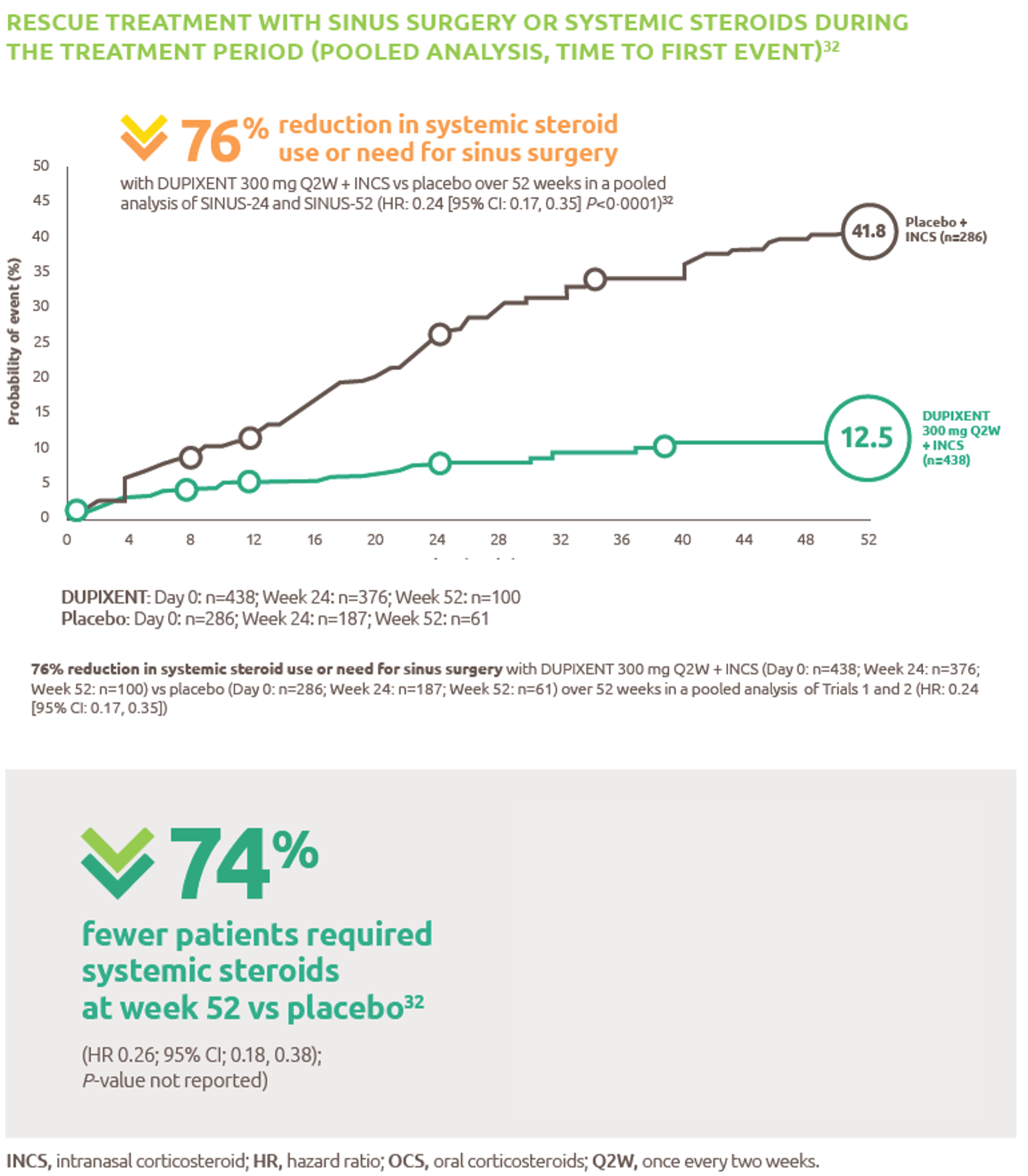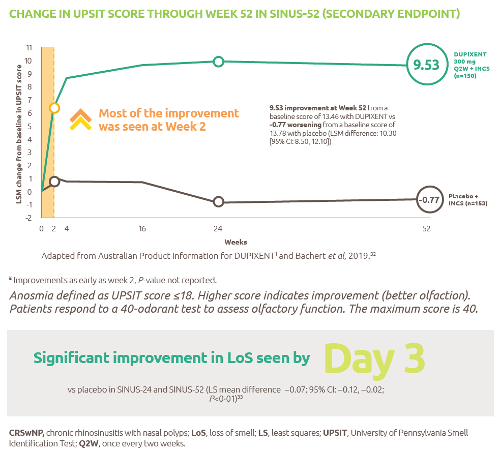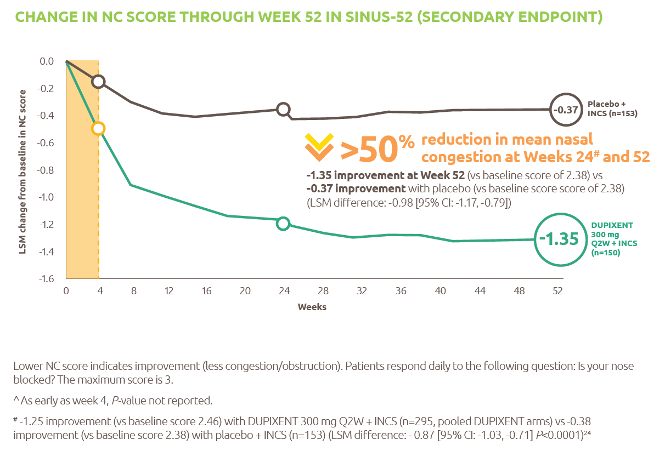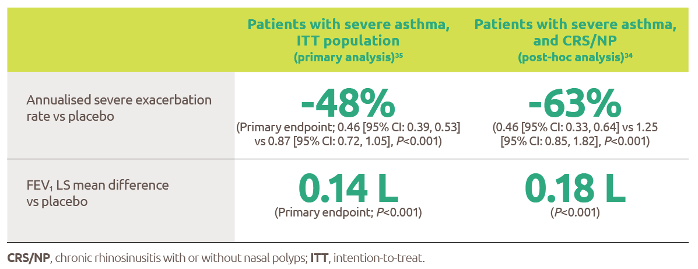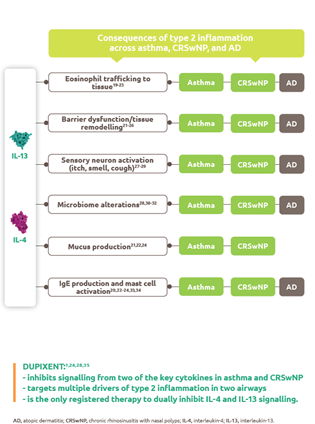
Yellow fever
Discover timely medical updates and key resources on preventing and controlling yellow fever – helping you stay informed and improve patient outcomes.
*Image is not an actual patient.
About yellow fever
Overview
Yellow fever is an acute viral haemorrhagic disease transmitted by the bite of an infected mosquito. The virus is endemic in tropical areas of Africa and Central and South America where it causes significant illness and death.1 Severity of the disease ranges from a self-limited febrile illness to fatal haemorrhagic fever.2 Yellow fever is diagnosed based on symptoms, physical findings, laboratory testing, and travel history to a yellow fever endemic country.3 There is no specific treatment for yellow fever; care is based on symptomatic treatment.1 Preventative measures for Yellow Fever include using insect repellent, wearing protective clothing, and getting vaccinated.1
Don’t miss these key links
Signs and symptoms
The incubation period for yellow fever virus is 3 to 6 days following the bite of an infected mosquito. Many people do not experience symptoms or will exhibit only mild symptoms before recovering. The initial symptoms include sudden onset of fever, chills, muscle pain with prominent backache, headache, loss of appetite, nausea or vomiting and fatigue. In most cases, symptoms disappear after 3 to 4 days.1
A small percentage of patients (approximately 15-25%), enter a second, more toxic phase within 24 hours of recovering from initial symptoms.1,2 High fever returns and several body systems are affected, usually the liver and the kidneys leading to shock and failure of multiple organs.2 In this phase people are likely to develop jaundice, dark urine and abdominal pain with vomiting. Bleeding can occur from the mouth, nose, eyes or stomach.1 Up to almost half of the patients who enter the toxic phase will die within 7 - 10 days.1,2
Virology
The yellow fever virus is an arbovirus of the flavivirus genus. It is transmitted by mosquitos - mainly Aedes aegypti, but also those of the Haemogogus species.1,2 The different mosquito species live in different habitats - some breed around houses (domestic), others in the jungle (wild), and some in both habitats (semi-domestic). The virus is transmitted by mosquitoes through jungle (between non-human primates and mosquitoes) and urban (between humans and mosquitoes) zoonotic transmission cycles. In Africa, an intermediate transmission cycle exists between humans or non-human primates and Aedes species mosquitoes that breed in tree holes in savannah areas.1
Diagnosis
Yellow fever is difficult to diagnose, especially during the early stages. More severe disease can be confused with severe malaria, typhoid, viral hepatitis (especially fulminant forms), other haemorrhagic fevers, infection with other flaviviruses (e.g. dengue haemorrhagic fever), and poisoning. Preliminary diagnosis is based on symptoms, vaccination status and travel history (including destination, time of year, and activities) in combination with laboratory tests. Yellow fever is a notifiable disease in Australia.3
Prevention
Prevention of yellow fever in travellers to countries with endemic yellow fever risk involves both vaccination and mosquito bite avoidance. Yellow fever vaccine is recommended for persons aged ≥ 9 months who are traveling to or living in areas at risk for yellow fever virus transmission in South America and Africa. Evidence of yellow fever vaccination may be required for entry into certain countries.2 The risk of yellow fever can also be reduced by implementing mosquito avoidance measures. These include recommending the use of an insect repellent containing at least 30% DEET on exposed skin when outdoors. Staying in accommodation with screened or airconditioned rooms or alternatively using mosquito nets (preferably insecticide-treated) as well as wearing proper clothing with long sleeves and long pants is advised. Minimising outdoor exposure at dusk and dawn is also recommended.2
Epidemiology
There are 42 countries either endemic for, or have regions that are endemic for, yellow fever. Of which 29 are in Africa and 13 in Central and South America). A modelling study estimated the burden of yellow fever in Africa during 2013 was 84,000 to 170,000 severe cases and 29,000-60,000 deaths.1
Since late 2016, Brazil has been experiencing increased number of yellow fever cases. From 2016 to June 2019, there were 2,237 cases confirmed in Brazil, and 759 deaths.5
The risk of susceptible travellers acquiring yellow fever varies considerably with season, location, duration of travel and utilisation of mosquito avoidance measures.2 While no cases of yellow fever have been reported in Australia in the last 30 years, cases have been reported in unvaccinated travellers from other nations visiting endemic areas. From 1970 through 2015, 11 cases of VF were reported in travellers from the United States and Europe who travelled to West Africa (6 cases) or South America (5 cases). Eight of these 11 travellers (73%) died. Only 1 traveller had a documented history of yellow fever vaccination; that patient survived. Starting in 2016, the number of travel-associated yellow fever cases increased substantially, primarily because of outbreaks in Angola and Brazil. From 2016 through mid-2018, more than 35 travel associated cases were reported in unvaccinated travellers who were residents of nonendemic areas or countries, including at least 13 European travellers and 1 American traveller to Peru.6
The epidemiology of yellow fever is changing rapidly due to changes in climate, such as rainfall patterns, and human factors such as migration and air travel.2
Treatment
Good and early supportive treatment in hospitals improves survival rates. There is currently no specific anti-viral drug for yellow fever but appropriate care to treat dehydration, organ failure, and fever improves outcomes.1 Associated bacterial infections can be treated with antibiotics.1
In areas where the Aedes aegypti mosquito lives (such as North Queensland) the patient should be treated in a mosquito proof room.4
Featured content

Register to receive full access (Healthcare Professionals Only)
Are you a registered healthcare professional?
Register in less than a minute to access the latest updates and resources to support your practice and help deliver better outcomes for your patients.
Can’t find what you’re looking for?
Search our extensive Content Library
- Yellow fever. World Health Organization Factsheet. www.who.int/en/news-room/fact-sheets/detail/yellow-fever (Accessed November 2021)
- Australian Immunisation Handbook, Yellow fever. https://immunisationhandbook.health.gov.au/vaccine-preventable-diseases/yellow-fever (Accessed November 2021)
- Yellow Fever. Victoria State Government. https://www2.health.vic.gov.au/public-health/infectious-diseases/disease-information-advice/yellow-fever (Accessed November 2021)
- Yellow Fever. NSW Health. https://www.health.nsw.gov.au/Infectious/factsheets/Factsheets/yellow-fever.pdf (Accessed November 2021)
- P. deOliveira Figueiredo. Re-Emergence of Yellow Fever in Brazil during 2016–2019: Challenges, Lessons Learned,and Perspectives. https://pubmed.ncbi.nlm.nih.gov/33143114/ (Accessed November 2021)
- Centres for Disease Control and Prevention. Yellow Book, Chapter 4. Yellow Fever. wwwnc.cdc.gov/travel/yellowbook/2020/travel-related-infectious-diseases/yellow-fever (Accessed November 2021)
Sanofi-Aventis Australia Pty Ltd trading as Sanofi, ABN 31 008 558 807, Sydney, Australia
MAT-AU-2102535 - 2.0















.webp/jcr:content/RESP-ICT2-Wark_400X300%20(1).webp)
.webp/jcr:content/RESP-ICT2-Stone_400X300%20(1).webp)
.webp/jcr:content/RESP-ICT2-Tellus_400X300%20(1).webp)



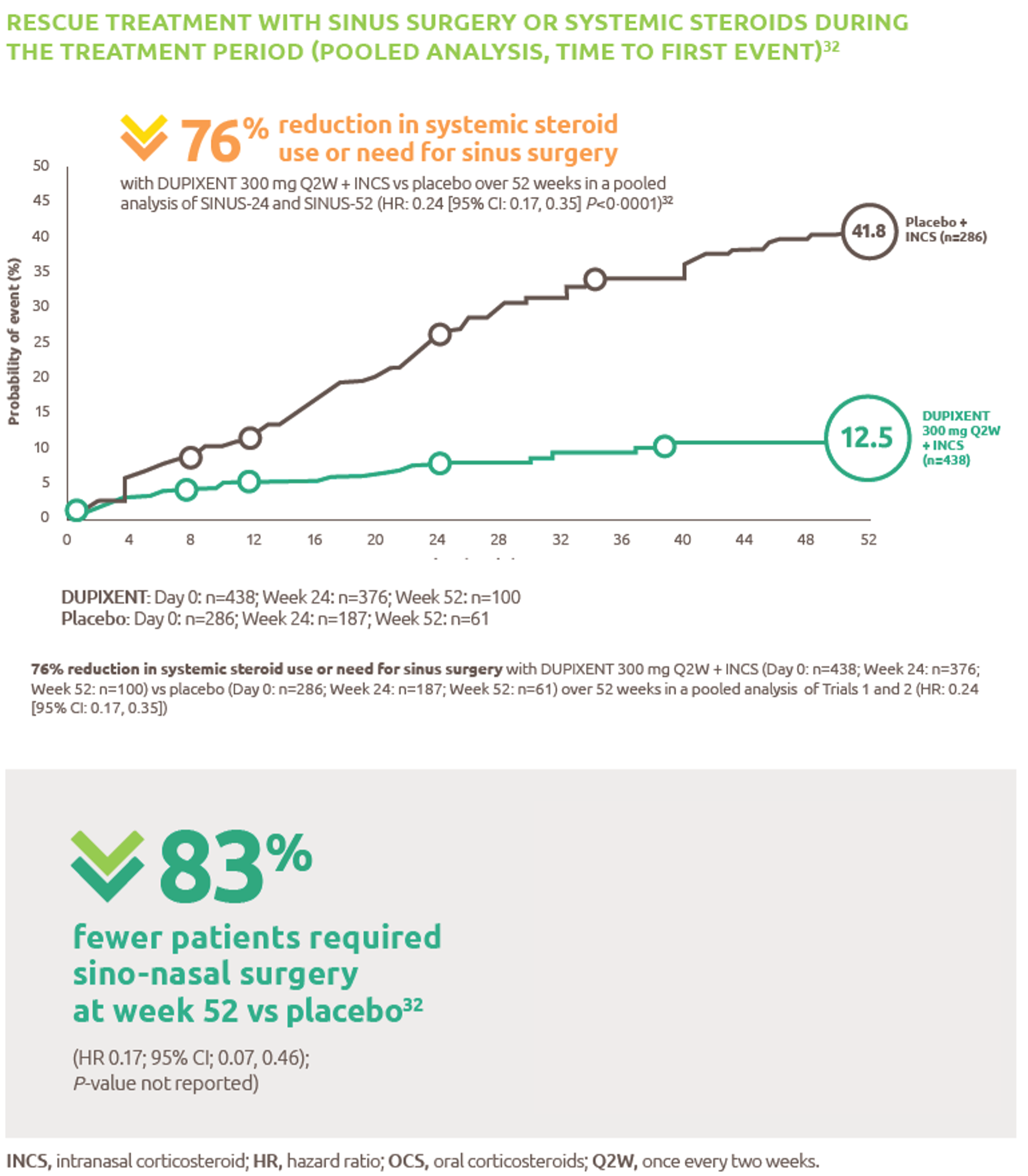

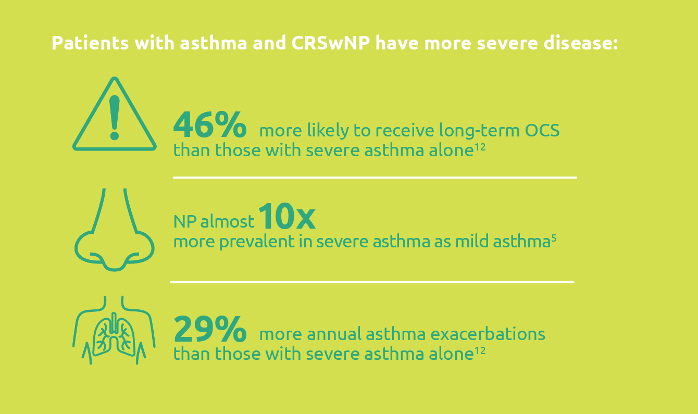.png)
